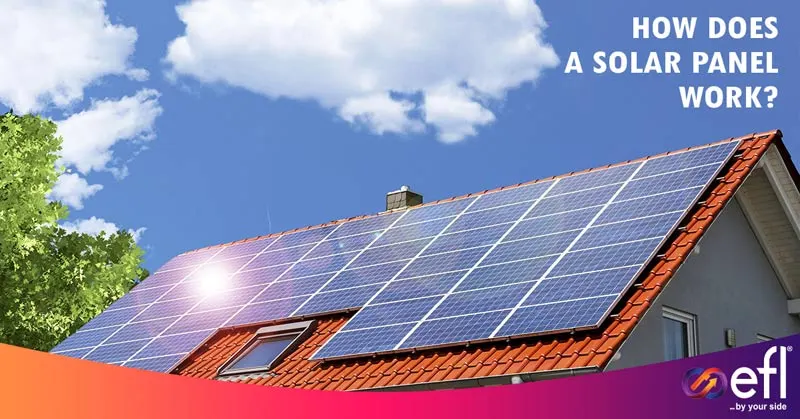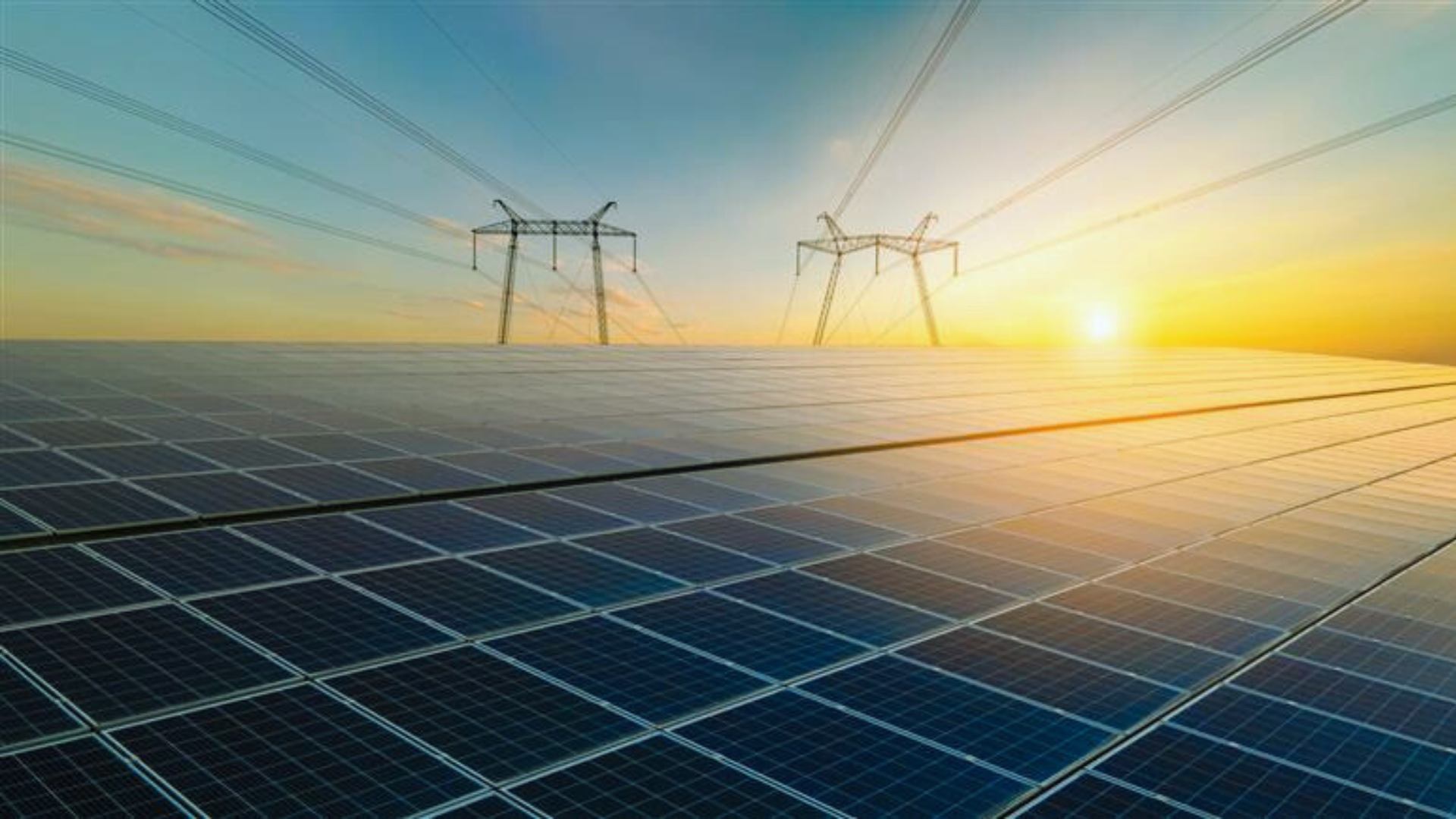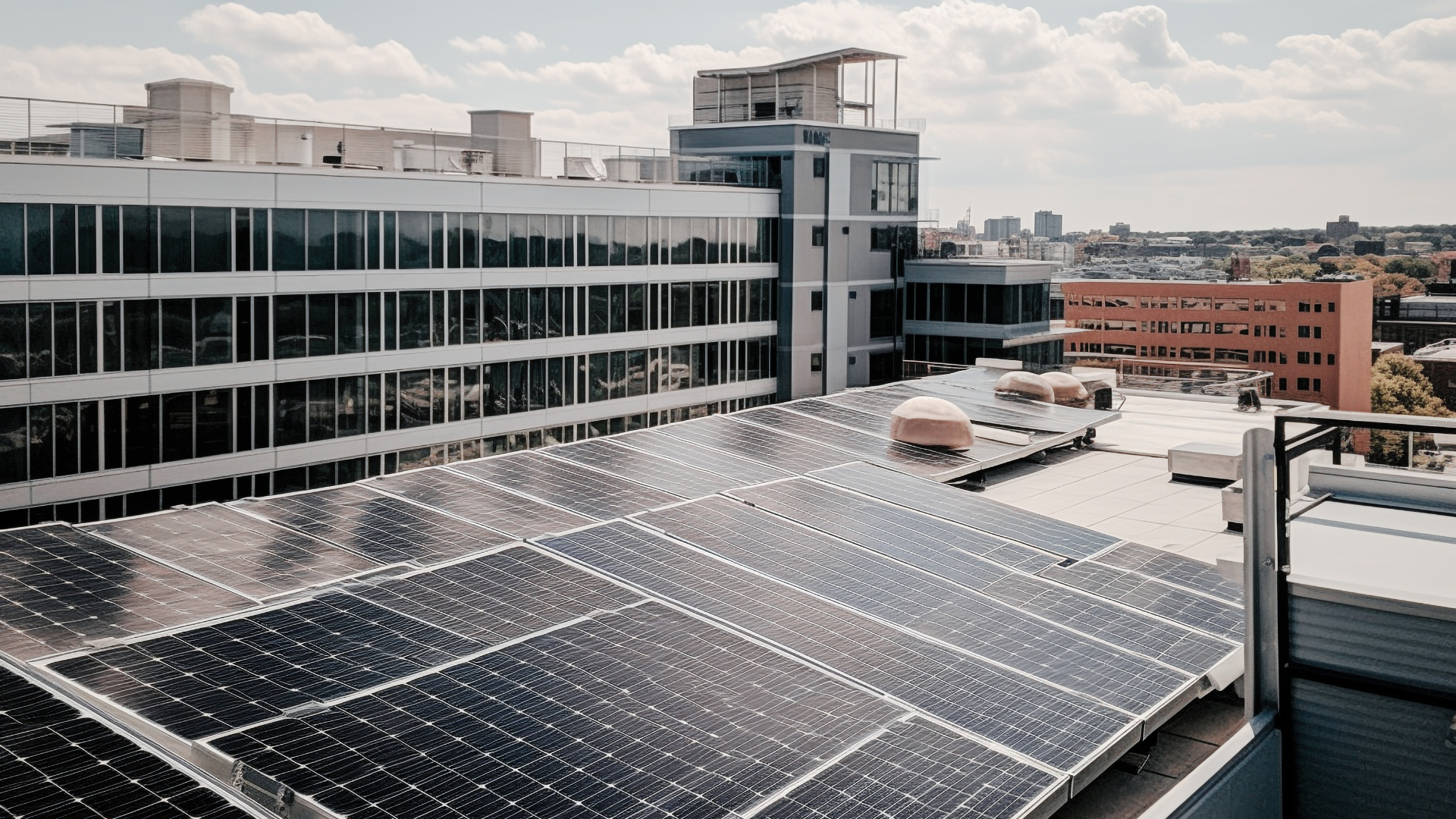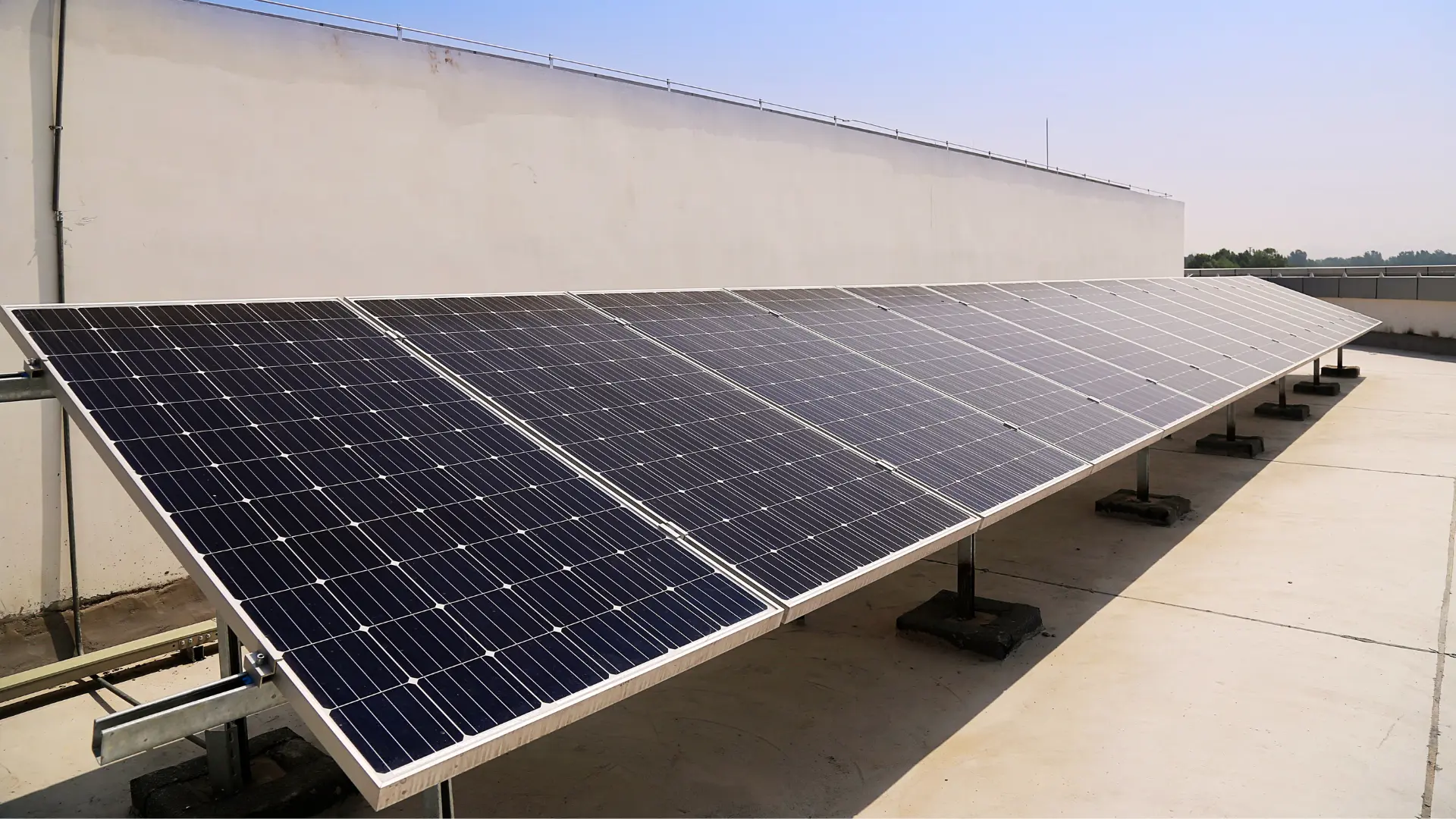By admin | November 10, 2021
Fossil fuels are quickly being seen as a non-sustainable means of energy with global fluctuations in price and volume, causing the world to turn towards alternative solutions. The sun is an inexhaustible source of energy, which can be harnessed into clean solar energy. The developments in solar technology have made turning solar energy into electricity much more convenient and efficient. As it is independent of traditional and conventional power generation systems, it can help you save on costs as well as protect the environment.
It is also a myth that extracting the full potential of this energy requires large solar farms. With today’s advanced solar rooftop systems, even residential homes and small to medium businesses can take advantage of this energy source.
But how do Solar Panels work?
Solar rooftop panels rely on photovoltaic cells within the panels to absorb the energy emitted by the sun and converts it into electricity. These cells are made of conducive materials like silicon, acting as a semiconductor. When these solar cells receive sunlight, a chemical reaction occurs within them, which then releases electrons, which generates an electric current.
The core component of these photovoltaic cells in a solar rooftop system are layers of doped silicon crystal-based semiconductor materials. A positive charge is created by the bottom layer of the cell, that is laden with boron which bonds with silicon. While the negative charge is created by the top layer that is doped with phosphorus. An electric field is produced by the movement of the surface between these two layers called the P-N junction.
When the cells receive sunlight, photons knock electrons out of both the layers. The flow of electrons then occurs, since the top and bottom layers possess opposite charges. The electrons then travel to an external circuit through which electricity is carried for usage purposes, controlled by the P-N junction.
How is this converted electricity utilised and tracked?
The electricity is in the form of DC current, that is unusable for home appliances. A solar inverter converts it into AC current, flows through a service panel, after which it can be safely used for all purposes. Simultaneously, a solar meter keeps track of the solarrooftop power production and bring to notice any potential problems. This, in a nutshell is the basic process through which solar energy is converted into useable electricity.
Thus, solar energy can be easily harnessed for all purposes from residential to commercial purposes. And if you are looking for solar financing, look no further than Electronica Finance Limited. EFL offers Rooftop Solar Loans with up to 75% of the installation value, for a loan term of up to 4 years at flexible interest rates and offer collateral-free loan for up to 15 lakhs.
So, harness the power of clean energy and be independent of rising power prices and frequent power cuts, with your very own rooftop solar unit.




